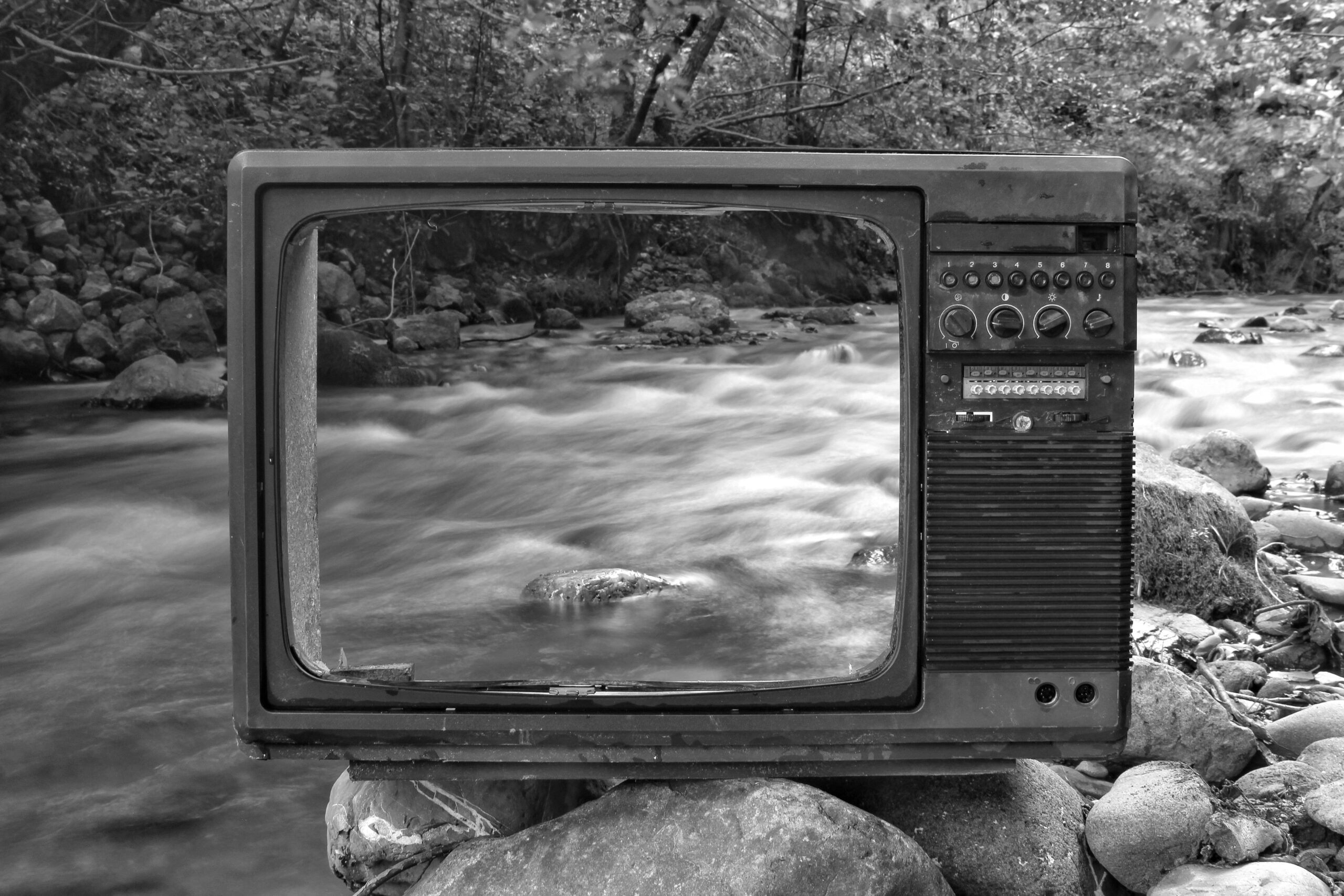How Brands Can Bounce Back After A Disaster

By ONE INTEGRATED GROUP

In the wake of Hurricane Beryl, Jamaica has faced significant challenges. Communities are recovering, and businesses are grappling with how to maintain their relevance and empathy in the eyes of their audience. At ONEGROUP, we recognize the delicate balance required to navigate the aftermath of such disasters. As thought leaders in PR and marketing, we offer essential advice on how brands can effectively bounce back after a disaster while staying connected with their audience.
Here are a few things to consider when creating content and communicating with your audience after a disaster:
1. Communicate with Empathy and Transparency
2. Adjust Your Marketing Strategy

Post-disaster, your usual marketing campaigns may no longer be appropriate. It’s crucial to reassess your strategy and make necessary adjustments. Tone down promotional content and focus on providing value to your audience. Highlight how your products or services can aid in the recovery process or improve their current situation. Shifting your marketing focus to content that addresses the needs and concerns of your audience. Share helpful resources, safety tips, and stories of resilience. This approach not only demonstrates your brand’s empathy but also positions you as a supportive and reliable entity.
3. Support the Community
Actions speak louder than words. Show your commitment to the community by actively participating in relief efforts. Whether it’s through donations, volunteer work, or offering your services at a discount or for free, tangible support can make a significant impact. Partner with local organizations and charities to maximize your efforts. By highlighting these initiatives in your communications, you show your audience that you are taking meaningful steps to help those in need.
4. Use Social Media Wisely
Social media is a powerful tool for real-time communication. Use it to keep your audience informed about your brand’s efforts and any changes in operations due to the disaster. However, be mindful of your tone and content. Avoid overly promotional posts and focus on messages of support and solidarity. Engage with your audience by sharing updates, answering questions, and responding to comments with empathy. Social media can also be a platform for sharing positive stories and highlighting community heroes, which can foster a sense of unity and hope.
5.Rebuild Trust Through Consistent Messaging

Consistency is key to rebuilding trust after a disaster. Maintain a steady flow of communication and updates, even if there’s no new information to share. Regular check-ins reassure your audience that you are present and committed to the recovery process. Develop a communication plan that includes regular updates across all channels. Ensure your messaging remains consistent in tone and content, reinforcing your brand’s commitment to transparency and support.
6. Highlight Your Resilience
Share stories of your brand’s resilience and how you are overcoming challenges posed by the disaster. This not only humanizes your brand but also inspires confidence and loyalty among your audience. Create content that showcases your team’s efforts and behind-the-scenes stories. Whether it’s blog posts, videos, or social media updates, highlight the steps you are taking to adapt and continue serving your community.
7. Offer Flexible Solutions
Understand that your audience’s needs and circumstances may have changed due to the disaster. Be flexible with your offerings and policies to accommodate their new realities. This could include extended payment terms, relaxed return policies, or customized services. Communicate any flexible solutions clearly and prominently. Let your audience know that you are willing to work with them to find the best possible outcomes during these challenging times.
8. Plan for Future Disasters
Use this experience to strengthen your brand’s disaster preparedness. Develop a comprehensive crisis management plan that includes communication strategies, operational adjustments, and community support initiatives. Being prepared for future disasters will enhance your brand’s resilience and responsiveness. Here at ONEGROUP, we can assist in creating robust crisis management plans tailored to your brand’s unique needs. Our expertise ensures that you are well-equipped to handle future challenges with confidence and efficiency.
Bouncing back after a disaster like Hurricane Beryl requires a thoughtful and compassionate approach. By communicating with empathy, adjusting your marketing strategy, supporting the community, and maintaining consistent messaging, your brand can navigate this challenging period effectively. We are committed to helping brands emerge stronger and more resilient in the face of adversity. If you need expert guidance on how to adapt your PR and marketing strategies post-disaster, contact us today! Together, we can help your brand make a meaningful impact and build lasting connections with your audience. We CURATE AMAZING stories!!
